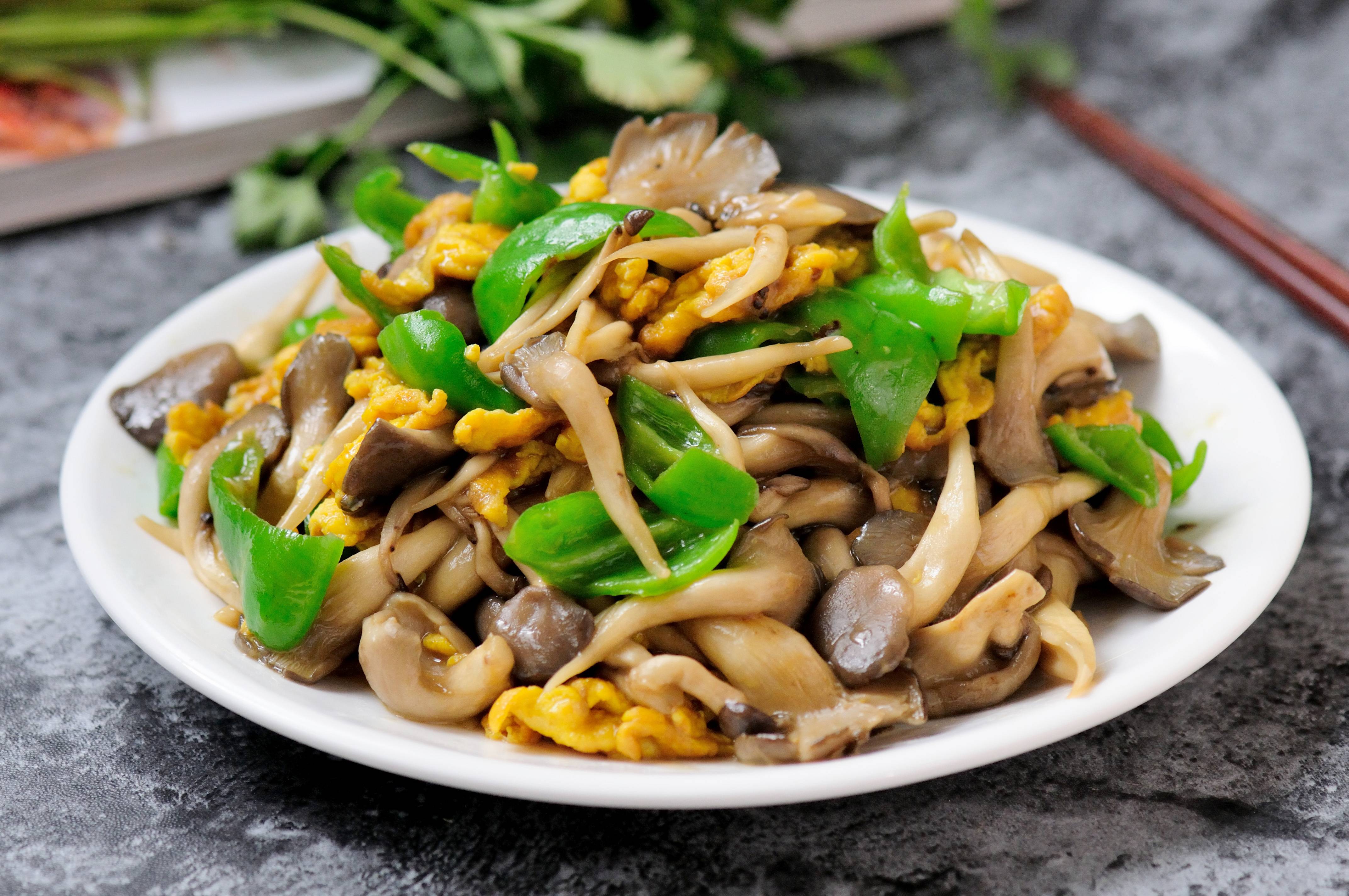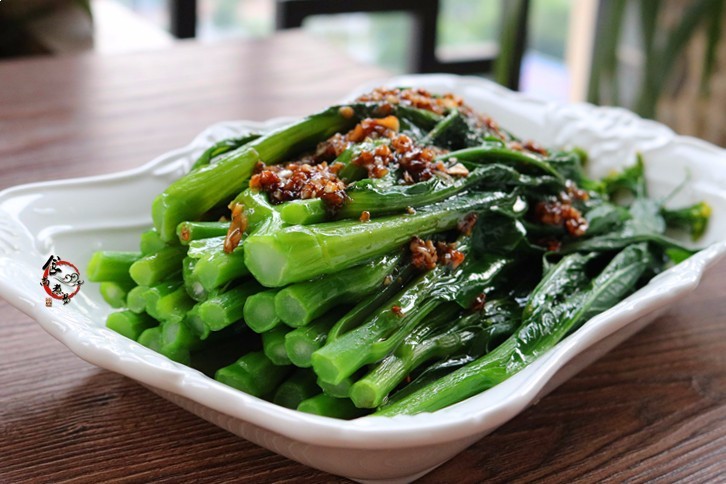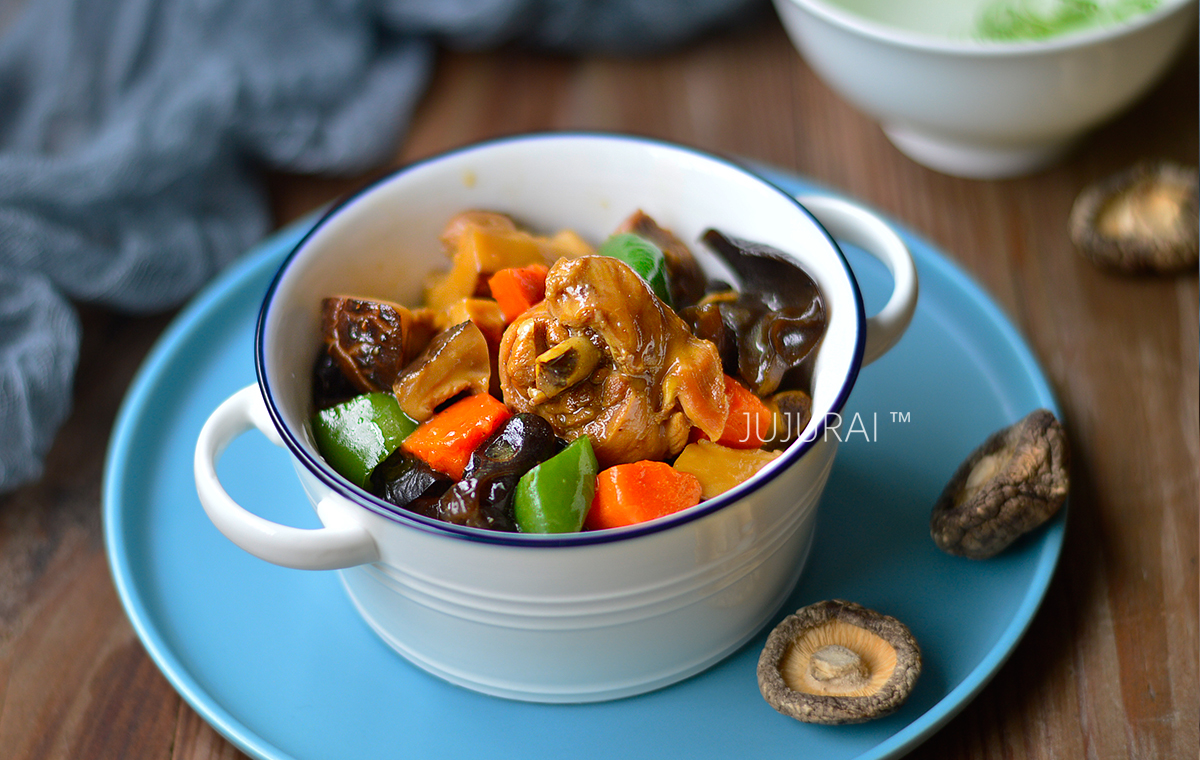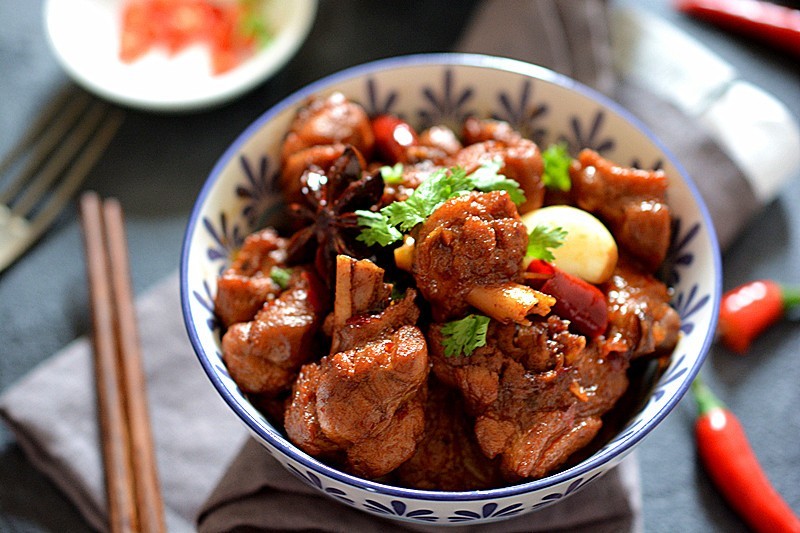Whole Wheat Sea Salt Bread Rolls
| Hot seed: | Whole wheat flour 50 grams |
| Fine sugar 5 grams | Salt 0.5g |
| Boiling water 45g | Dough: |
| High-gluten flour 200 grams | Fine sugar 20 grams |
| Milk 170g | Milk powder 10 grams |
| Sea salt 4.5 grams | Yeast 2.5 grams |
| Butter 15 grams | (8 pieces of butter wrapped in sandwich) 5-8 grams each |
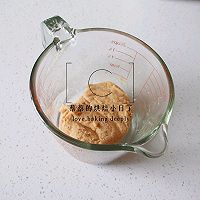
Step 1
Make the blanched seeds first. All the flour in the blanched seeds is whole wheat flour. Put the whole wheat flour, fine sugar, and salt in a container and mix roughly evenly, then add boiling water. The water must be just boiling, and then mix everything evenly until there is no obvious dry powder. Let cool and refrigerate overnight.
Step 2
Except for the butter, put the rest of the dough ingredients into the cooking machine, and put the prepared blanched seeds into it as well. You can reserve a little liquid first and add it as appropriate according to the state of the dough. As the weather gets hotter, salt can also be put in together with the butter, and yeast can also be put in before approaching the expansion stage. This has been shared before.
Step 3
After kneading until expanded, add softened butter, add butter and knead until complete. The water content of this dough will not be high. Pay attention to the extensibility and elasticity of the dough. If you add whole wheat, you don’t need to knead it so thin.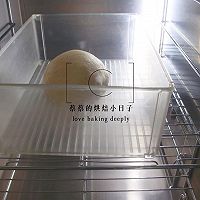
Step 4
Pay attention to controlling the temperature of the kneaded dough not to exceed 28 degrees. Round the dough and place it in a basin, cover it with plastic wrap, and perform basic fermentation in a warm place of 25 to 28 degrees. I fermented it in a fermentation box. The temperature of the fermentation box was adjusted to 25 degrees and the humidity was 75%. The time is set to about 40 minutes, mainly depending on the state of the dough, and the fermentation time is for reference only.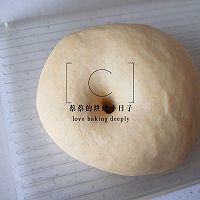
Step 5
Let it rise until it is about 1.5 times in size. Dip your finger in flour and poke holes without collapsing or shrinking. The fermentation is complete. In summer, the fermentation can be completed if the bottom shrinks slightly and slowly, and it does not need to reach the bottom without shrinking at all.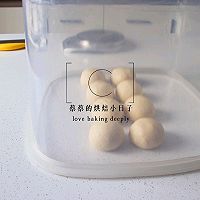
Step 6
After the first rise, pat the dough gently to deflate the dough. After deflating, divide it into 8 equal portions. Roll into a round ball and cover with plastic wrap to rest for 15 minutes.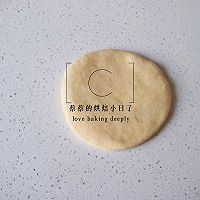
Step 7
Take a piece of relaxed dough, roll it out gently, and roll it into a small round piece.
Step 8
Fold the dough on both sides as shown in the picture above, like a triangle.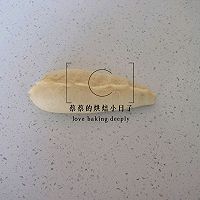
Step 9
Fold it in half again and pinch the edge tightly. If you are not sure, you can watch the video technique.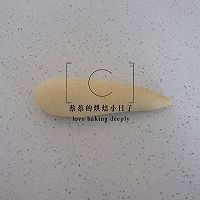
Step 10
Gently roll the dough into droplets with your hands.
Step 11
Put the pre-shaped dough into the fermentation box, cover it, and place it in the refrigerator to rest for 45 to 50 minutes. You can place it on a baking sheet, but be sure to cover it with plastic wrap. You can also cover the plastic wrap with a wet towel.
Step 12
Cut 8 sticks and wrap them in butter, about 5-8 grams each. After dividing, you can put it in the refrigerator to chill.
Step 13
Take a piece of dough that has been chilled from the refrigerator, roll it out roughly, as shown in the picture, and then gently turn it over so that the smooth side faces down.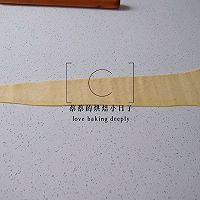
Step 14
Then use a rolling pin to gently roll out the dough. You can use your hands to help pull the dough and roll it out. You can watch the video for how to do it. The length of the rolled dough is about 45 to 50 inches. You can lightly brush a little softened butter on both sides, so that the baked layers will look better. Put the butter we divided in step 12 on top of the dough.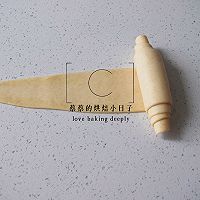
Step 15
Roll it up gently from top to bottom. When it reaches the last point, you can pick up the dough and roll it up gently with your hands.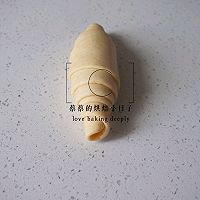
Step 16
Good plastic surgery look.
Step 17
If you like the bottom to be crispy, you can spray some water on the bottom and sprinkle it with white sesame seeds.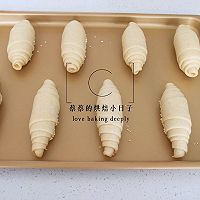
Step 18
Shape everything and place on the baking sheet.
Step 19
Start the second serve. The final fermentation temperature of this bread should not be too high, generally 28 to 30 degrees, and should not exceed 30 degrees. I fermented it in a fermentation box, with a temperature of 30 degrees and a humidity of 80%. Friends who don’t have a fermentation box can also use an oven for secondary fermentation. The oven cannot be adjusted accurately without humidity. You can put a bowl of warm water to maintain the humidity. The time is tentatively set at 30 minutes. There is no fixed time. The main thing is to observe the state of the dough. Ferment until about 1.5 times in size. The dough will be smooth and elastic. The dough will slowly spring back when pressed with your fingers.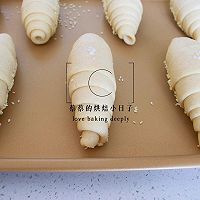
Step 20
After the second rise, spray a little water on the surface of the dough and decorate it with sea salt particles. You can also decorate it directly with white sesame seeds.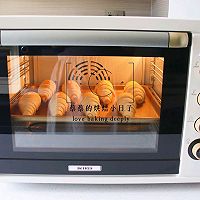
Step 21
The oven is preheated to 210 degrees in advance. Open the oven door and quickly spray a little water mist inside, then immediately put the bread into the oven, raise the heat to 195 degrees, lower the heat to 200 degrees, and bake for 17 minutes. The color of the sea salt rolls I baked using this oven at this time and temperature was just right to my satisfaction. Please adjust according to the actual temperature of your own oven.
Step 22
The bread is baking. There are some small bubbles at the bottom. This is butter. We put sesame seeds. You can see that the texture at the bottom is particularly crispy.
Step 23
The bread is baked!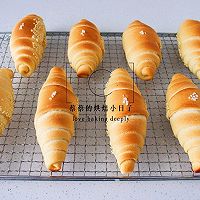
Step 24
After taking it out of the oven, unmold it and let it cool on a cooling rack. When it cools down to a little residual temperature, seal it and store it in a bag.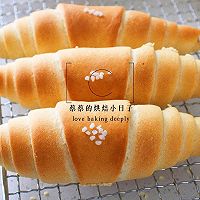
Step 25
Beautiful bread, if you like it to be shorter and fatter, you don’t need to roll it too wide.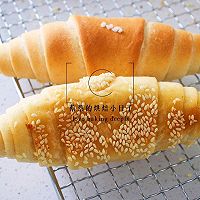
Step 26
The bottom is especially crispy after baking.
Step 27
If no one stops me, I can eat at least two or three, hahaha~
Step 28
Let’s make delicious and beautiful sea salt rolls together Whole Wheat Sea Salt Bread Rolls RecipeMany friends said: I made it exactly according to the recipe, why is mine wet? Why is mine dry? Why... why... When making bread, you must flexibly control the liquid in the recipe, because the water absorption of flour is different, and the climate temperature and air humidity are different between the north and the south. You must add it as appropriate according to the state of the dough. This is a commonplace topic. !
The time and temperature should be adjusted according to the actual conditions of your own oven. There is a big difference between a large oven and a small oven. Even two ovens of the same brand will have temperature differences.





